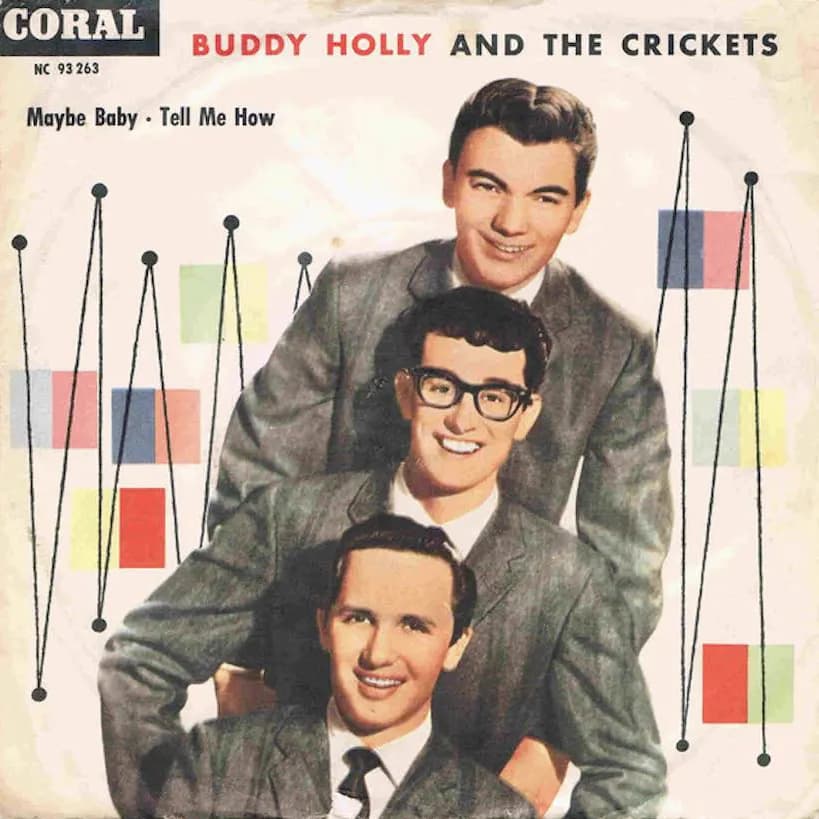
“Maybe Baby” by Buddy Holly: A Rockabilly Gem That Stood the Test of Time
In the lexicon of classic rock and roll, few songs capture the zeitgeist of the late 1950s as distinctly as “Maybe Baby”. Written by the legendary Buddy Holly and his producer Norman Petty, this track not only showcases Holly’s unique vocal style but also epitomizes the rockabilly genre that was pivotal in shaping the music of the era. Recorded with The Crickets in 1957, the song was officially released in January 1958, achieving significant chart success in the United States, the United Kingdom, and Canada.
“Maybe Baby” commenced its musical journey at Tinker Air Force Base in Oklahoma City, where it was recorded under somewhat unconventional circumstances. The band was on a national tour and found the opportunity to lay down the track in a makeshift studio on the airbase. The recording session included three other songs, but it was “Maybe Baby” that emerged as a standout hit. Its recording followed a performance at the Oklahoma City Municipal Auditorium, illustrating the hectic and vibrant lifestyle of touring musicians during that era.
The song debuted to a warm reception, peaking at number 17 on the US charts and an impressive number four in the UK. It also showed notable crossover appeal, reaching number eight on the Billboard R&B chart—a testament to its broad musical influences and appeal. Canadian listeners embraced it as well, pushing it to number nine on their charts. These figures were underscored by strategic marketing, including a notable Billboard advertisement and the distribution of catchy sheet music covers that featured the track.
Musically, “Maybe Baby” is characterized by its straightforward lyrics and a captivating instrumental arrangement that includes a twangy, percussive accompaniment typical of rockabilly. This sound is particularly prominent in the song’s 8-bar instrumental introduction and its brief but memorable conclusion. The simplicity of the lyrics, coupled with the infectious rhythm, creates a sense of immediacy and accessibility, inviting listeners to engage directly with the emotional texture of the song.
Beyond its sound and commercial success, “Maybe Baby” stands as a cultural artifact that offers insight into the dynamics of music production in the 1950s. It reflects the era’s technical limitations and the creative ways artists like Holly and Petty worked within them to produce enduring hits. The song’s recording at an air force base, away from traditional studios, highlights the improvisational spirit that often accompanies musical innovation.
In sum, “Maybe Baby” is more than just a song; it is a narrative of youthful aspiration, a snapshot of a transformative period in music, and a testament to Buddy Holly’s enduring influence on rock and roll. For fans and historians alike, it offers a vibrant glimpse into a bygone era, making it a cherished classic in the annals of music history.